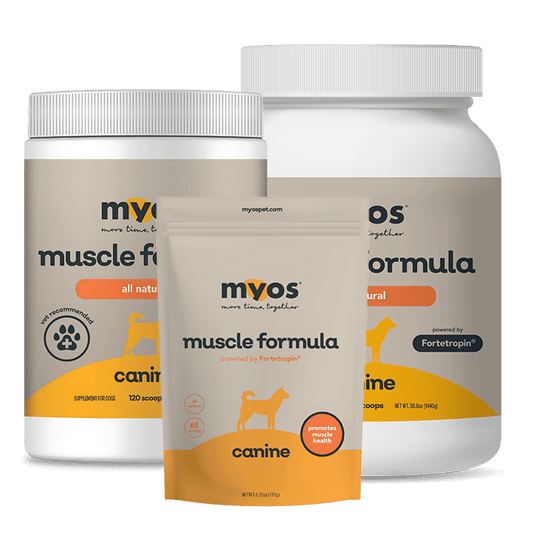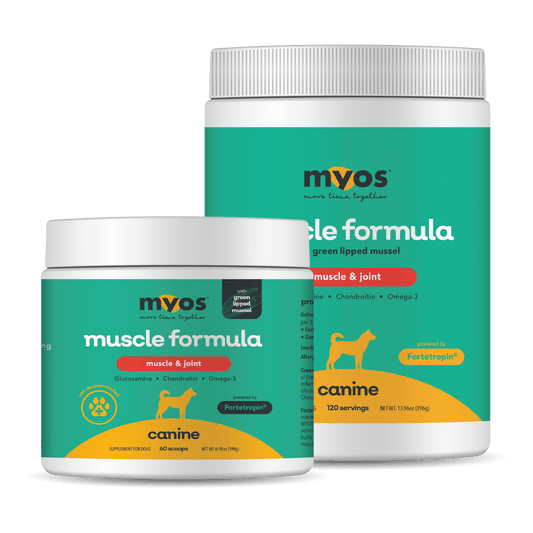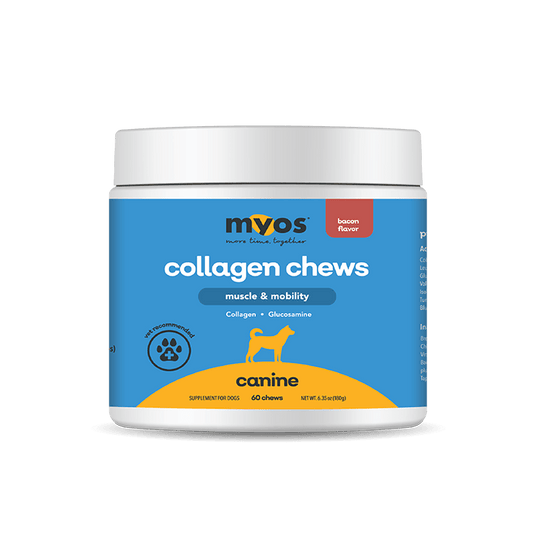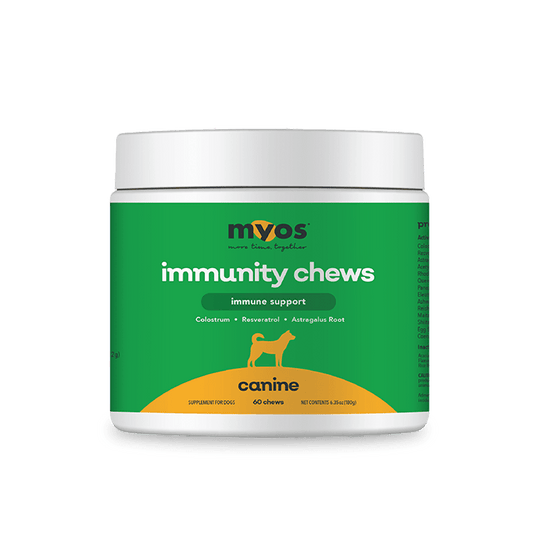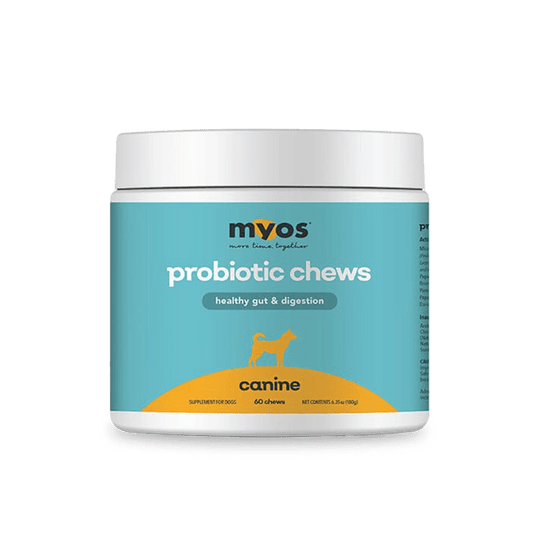
When it comes to aging, dogs are not much different from us. Like humans, they too face a host of age-related changes that affect their overall well-being. One such change that significantly impacts an older dog's life is muscle loss. As a devoted pet owner, it's crucial to understand what muscle loss means for your senior dog and the special care you can provide to support their journey through old age.
The Link Between Aging and Muscle Loss
Muscle loss, also known as sarcopenia in medical terminology, is a common condition in older dogs. As dogs age, they naturally lose muscle mass and strength, primarily due to a decrease in physical activity and metabolic changes. This decline can lead to decreased mobility, fatigue, and changes in body composition.
Recognizing Muscle Loss in Your Aging Dog
It's essential to watch for signs of muscle loss in your senior dog. You might notice changes in their gait, difficulty in climbing stairs or jumping, increased lethargy, or weight loss despite maintaining the same diet. If you notice any of these signs, it's time to consult your veterinarian for an evaluation.
Providing Special Care for Senior Dogs
Now that we understand the connection between aging and muscle loss in dogs, let's explore the special care you can provide to manage this condition.
Balanced Diet and Supplementation
One effective strategy for managing muscle loss is ensuring your dog has a diet rich in high-quality proteins. Proteins are the building blocks of muscle tissue and can help maintain and even increase muscle mass in older dogs.
Incorporating targeted dietary supplements can make a significant difference. One such supplement is the MYOS Canine Muscle Formula. This supplement, made with fertilized egg yolk, contains a natural compound called Fortetropin. Studies have shown that Fortetropin can effectively build muscle mass and slow the rate of muscle atrophy. By incorporating MYOS Canine Muscle Formula into your dog's diet, you can support their muscle health and overall vitality. However, every dog's nutritional needs are different, and these might change as your pet ages. It's always best to consult your vet or a pet nutritionist for personalized advice.
Gentle Exercise and Physical Therapy
Regular, gentle exercise can go a long way in maintaining your senior dog's muscle mass. Short walks, light play sessions, and even swimming can be beneficial. Canine physical therapy can also provide targeted help. A professional can guide you with specific exercises to maintain muscle strength and mobility in your aging dog.
Regular Veterinary Check-ups
Regular vet visits become even more crucial as your dog ages. These allow for early detection of muscle loss and other age-related conditions. Your vet can monitor your dog's health and adjust their care plan as needed.
Home Modifications
You can also make your home more senior-dog-friendly. Consider using pet-friendly ramps to help your dog navigate stairs, or provide orthopedic beds for better comfort. Little changes can make a significant difference to an aging dog dealing with muscle loss. Muscle loss in aging dogs is a reality that pet owners need to be prepared for. However, with understanding, proactive care, and a little bit of patience, you can ensure that your furry friend's golden years are filled with happiness and comfort. Remember, their love for you doesn't age, and neither should your care for them!

